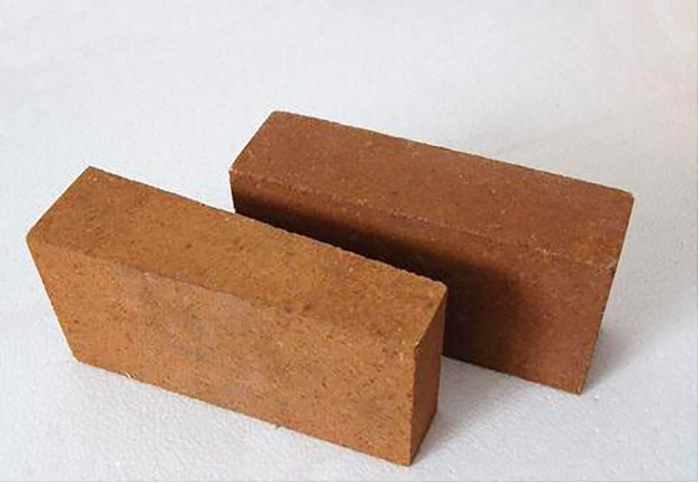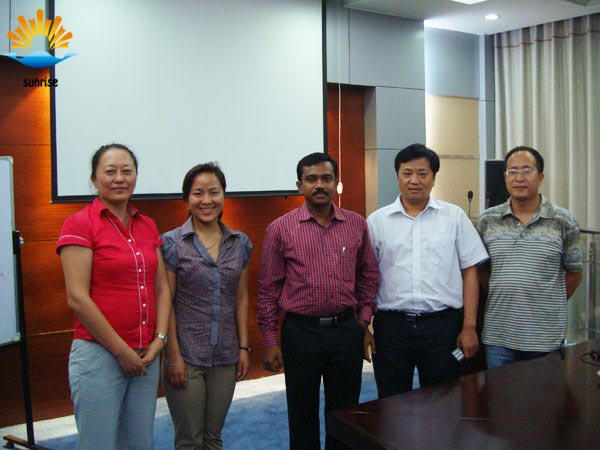
Product List
Success Case
Contact Us
- 0086 371 63838939
- 0086 371 63835539
- sales@sunriserefr.com
- tkfanyi
- No.36 Fengchan Road, Zhengzhou City

News
Is it a lightweight insulation brick or a refractory brick when building a furnace?
- More related products
- Fused Cast AZS Block
- Fused Cast Alumina Block
- Fused Cast High Zirconia Block
- Fused Cast Skid Rail Block
The main function of lightweight insulation bricks is to keep warm and reduce the loss of heat. Insulation bricks generally do not directly contact the flame, while refractory bricks generally contact the flame directly. Refractory bricks are mainly used to withstand the flame roasting. Generally divided into two types, namely, unshaped refractory materials and shaped refractories.
Shaped refractory materials, generally made of refractory bricks, have a standard shape, and can be temporarily processed as needed.
The main differences between lightweight insulation bricks and refractory bricks are as follows:
1. Insulation performance: The thermal conductivity of the thermal insulation brick is generally 0.2-0.4 (average temperature 350±25°C) w/mk, and the thermal conductivity of the refractory brick is 1.0 (average temperature 350±25°C) w/mk or more. It can be concluded that the insulation performance of the insulation brick is much better than that of the refractory brick.
2. Refractoriness: The refractoriness of the insulation brick is generally below 1400 degrees, while the refractory brick has a refractoriness of 1400 degrees or more.
3. Density: Insulation bricks are generally lightweight insulation materials, the density is generally 0.8-1.0g/cm3 and the density of refractory bricks is basically above 2.0g/cm3. In general, refractory bricks have high mechanical strength, long service life, good chemical stability, no chemical reaction with materials and high temperature resistance, and the highest heat resistant temperature can reach 1900 °C. It is especially suitable for high and low temperature shifting furnaces, reforming furnaces, hydroconverters, desulfurization tanks and methanation furnaces in fertilizer plants, which functions to disperse gas and liquid, and to support, cover and protect the catalyst. It can also be used in hot blast stoves and heating converters in the steel industry.
The refractory brick has the advantages of high density, high strength, good wear resistance, good corrosion resistance, small thermal expansion coefficient, high grinding efficiency, low noise, long service life and no contamination of materials. It is a high-quality grinding medium suitable for various grinding machines.
Refractory bricks are very different from lightweight insulation bricks. Their environment, scope and function are different. Different materials will be used in different locations. When purchasing materials, we should decide which refractory material is suitable for our own use according to our actual situation.

- Read more
Leave Message
For more information on any of our products please get in touch using the form below. One of our sales team will respond to your enquiry as soon as possible.

Copyright © 2014 Zhengzhou Sunrise Refractory Co., Ltd. Site Index Product Index












